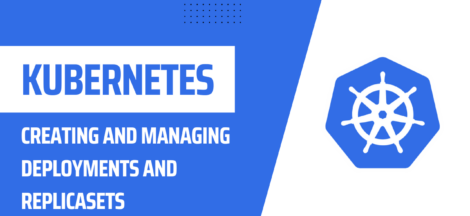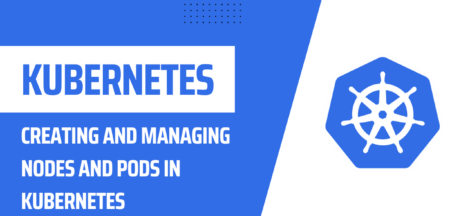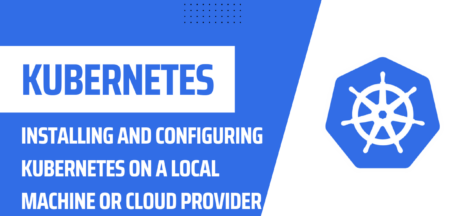Kubernetes is a powerful platform for deploying and managing containerized applications. It is designed to handle the challenges of scaling, rolling updates, and network communication for complex applications. This article will guide you through the steps required to deploy a containerized application using Kubernetes.
Containerize your Application
The first step in deploying a containerized application is to create a Docker image of your application. This involves writing a Dockerfile, which is a script that automates the process of building the image. The Dockerfile specifies the base image, the application code, and any dependencies that your application requires.
Push the Image to a Registry
Once the Docker image has been created, you need to store it in a container registry. The most commonly used registry is Docker Hub, but you can also use private registries such as Google Container Registry.
Define a Kubernetes Cluster
A Kubernetes cluster consists of a set of worker nodes that run your application containers. You can create a cluster in the cloud using services like Google Kubernetes Engine, Amazon Elastic Container Service for Kubernetes, or you can deploy it on-premises using tools like Minikube or MicroK8s.
Define your Application
In order to deploy your application to a Kubernetes cluster, you need to define it using a Kubernetes manifest file. This file specifies the number of replicas of the application, the resources required by the containers, and any network policies.
Deploy the Application
Once the manifest file has been created, you can deploy the application to the cluster using the
kubectl command-line tool. This tool communicates with the Kubernetes API to create and manage the deployment.Monitor the Application
After the deployment, you can monitor the status of your application using the
kubectl tool or a web-based UI like the Kubernetes Dashboard. You can use this to verify that the application is running as expected and to make any necessary changes.Conclusion
In conclusion, deploying a containerized application with Kubernetes is a relatively straightforward process that involves creating a Docker image, storing it in a registry, creating a cluster, defining the application, deploying it, and monitoring it. With Kubernetes, you can manage your applications at scale and automate the deployment process.



